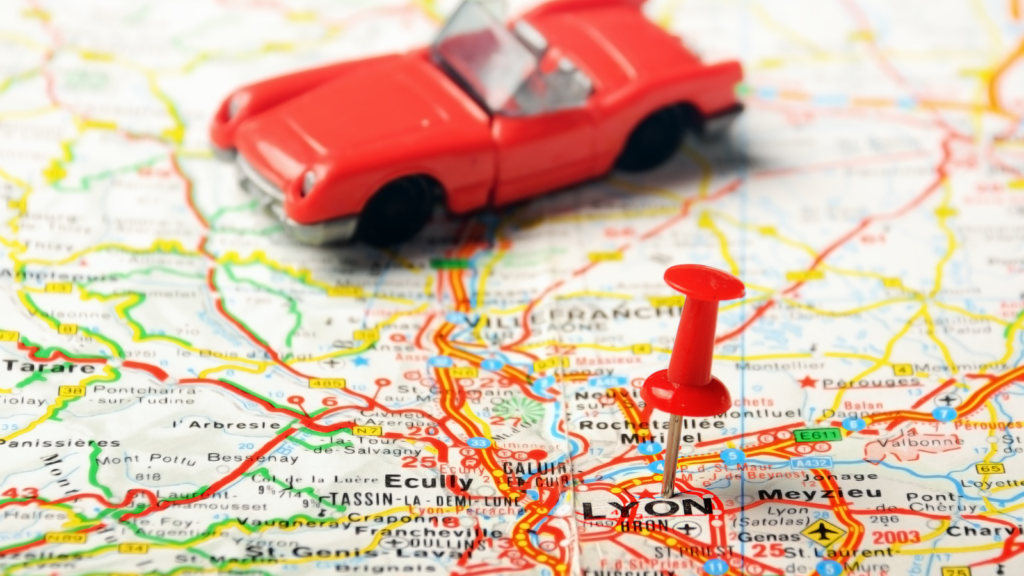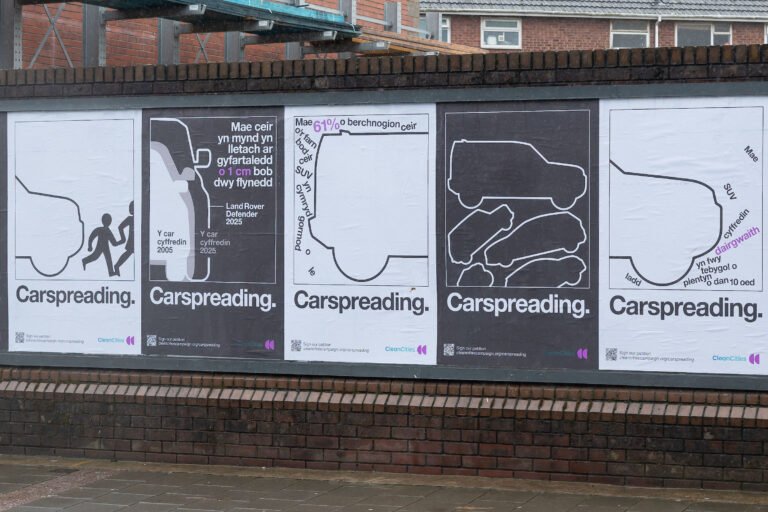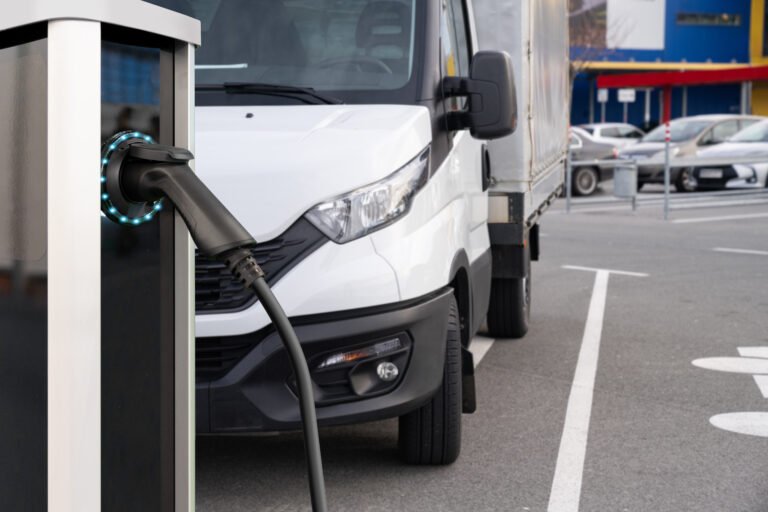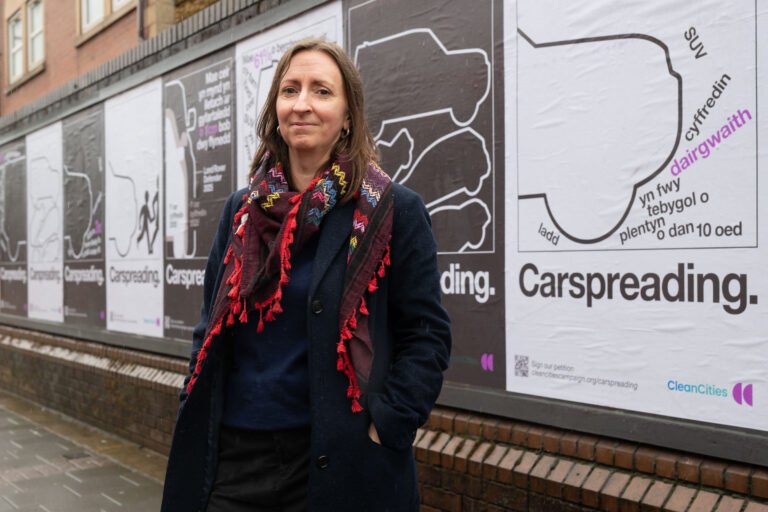Four French cities have committed to completely phase out diesel vehicles by the end of the decade through the creation of low emission zones. Will other cities now follow suit?
Urban policies are huge allies in the fight against air pollution
Low emission zones (LEZs for short) regulate the access of the most polluting vehicles in key parts of a city, ultimately steering people towards cleaner modes of transport – such as walking, cycling, public and shared transport. This is a crucial tool in cities’ responses to the air pollution health emergency, which causes hundreds of thousands of premature deaths in Europe each year, and more than 40,000 in France alone.
Many of the victims live in big cities where road transport, diesel cars especially, are the main contributors to nitrogen dioxide (NO2) – a toxic gas which has been linked to many illnesses, from asthma to dementia. By allowing only the least polluting vehicles to drive in town, LEZs play a key role in safeguarding the health of thousands of people.
French cities win the prize for the most LEZ commitments…
In France, four metropolitan areas have created a LEZ with the end goal of becoming completely diesel-free within the decade: most of Greater Paris by the end of 2024, the center of Greater Lyon by 2026, as well as Greater Strasbourg and Greater Montpellier by 2028. So far, France is the only European country with so many large cities planning to phase out diesel vehicles by 2030.
…but the country should not rest on its laurels
Despite strong commitments on the LEZ front at national level when it comes to diesel engines, many French cities are lagging behind when it comes to protecting their residents from air pollution, and in the shift to cleaner transport more broadly. Our City Ranking shows that people in Marseille, for instance, are exposed to dangerous levels of NO2 – almost 5 times above the levels recommended by the World Health Organization (WHO), with almost half of this pollution emitted by road transport. Despite this, the LEZ plan presented by Marseille earlier this year is not ambitious enough to tackle the task at hand. It covers an area of just 20km2 and doesn’t have a date yet after which diesel will be fully banned.
Cities must support residents to make the switch
Even within the most ambitious plans in France, there is definite room for improvement, especially in terms of making the move away from internal combustion engines all together , and for the shift to be fair and equitable. In order for everyone to be able to adapt to the phase out, cities creating LEZs must improve their communication and outreach to the public to ensure everyone is aware of the upcoming restrictions. Additionally, if cities are serious about their residents making the switch from private cars to active and shared mobility, they need to ensure the right schemes and infrastructure are in place: from dedicated cycle paths to efficient and affordable public transport, as well as electric car sharing services. Finally, low income households that would have to change or ditch their vehicle as a result of the LEZ must receive tailored financial support.
How does the road ahead look?
Some ambitious plans are moving from the paper to the practice stage in France. This trend must now be expanded and replicated across many more French cities. It is also important to underscore that a LEZ must not be an end in itself. Policies like these must be accompanied by a drastic reduction in the number of vehicles on city streets, for instance through the implementation of low traffic zones, as well as good quality and affordable active and shared mobility options. Lastly, it is vital that these low emission zones are transformed into zero emission zones as soon as possible, to phase engines running on fossil fuels out of our cities once and for all.
If you are interested in finding out more about this topic, check out our recent post on the benefits of low emission zones!



